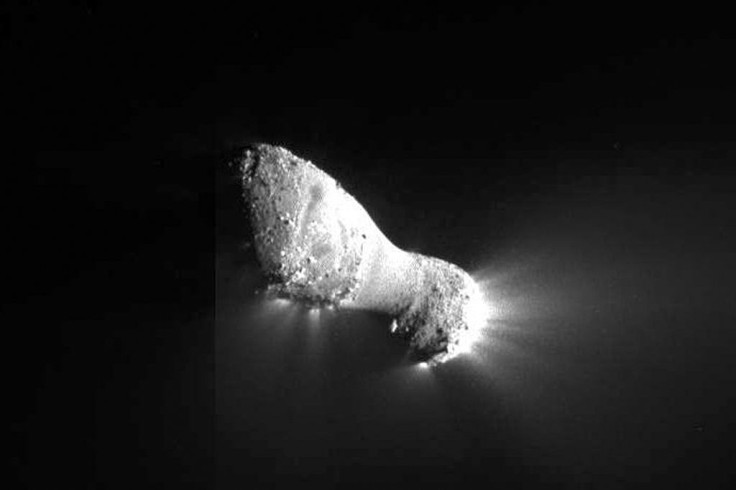Did COVID-19 Come From Space? Scientist Clarifies Virus’ Origins

KEY POINTS
- An astrobiologist believes the COVID-19 virus came from space
- The virus allegedly arrived on a comet that fell on China
- A scientist from NASA debunked the claims regarding the virus' origins
A scientist from NASA debunked a claim regarding the space-based origins of the COVID-19 virus. According to the claim, the coronavirus was brought to Earth by a comet.
As COVID-19 continues to affect hundreds of thousands of people around the world, misleading information regarding the disease has been spreading wildly. One of these is the claim that the virus that caused the outbreak originated from space.
The idea regarding the space-based origins of the coronavirus was introduced by astrobiologist Chandra Wickramasinghe, who is known for his notions related to astrobiology and astronomy.
According to Wickramasinghe, the coronavirus came from a comet that arrived on Earth during a fireball event in China in October last year. After arriving on Earth, the virus infected humans and triggered the COVID-19 outbreak.
Aside from the coronavirus, Wickramasinghe also believes that other outbreaks on Earth were also caused by space-based pathogens. For years, he has been stating that the viruses behind SARS and influenza came from space.
Wickramasinghe’s claims have been labeled as pseudoscience or “bad science” by other scientists. One major problem regarding his claims is that they suggest that the virus was able to survive the harsh cosmic radiation. But aside from its trip across space, the virus will also have to deal with the effects of Earth’s atmosphere on objects entering the planet.
Graham Lau, a cosmobiologist from NASA’s Astrobiology Institute, noted that despite Wickramasinghe’s claims, he still hasn’t provided evidence that strongly supports his notions regarding the out-of-this-world origins of the viruses.
As noted by Lau, it is the responsibility of scientists to point out inaccurate information in order to prevent it from spreading.
“It's one of those cases where extraordinary claims require extraordinary evidence,” Lau told Space.com. “Even though it's an interesting idea, we just don't have any reason to embrace that idea right now.”
“I think it's important for scientists to point out pseudoscientists or bad science,” he added. “If this was real, it'd be great, but we just can't allow ourselves to jump to the feel-good conclusion without doing our due diligence as scientists.”
© Copyright IBTimes 2025. All rights reserved.




















